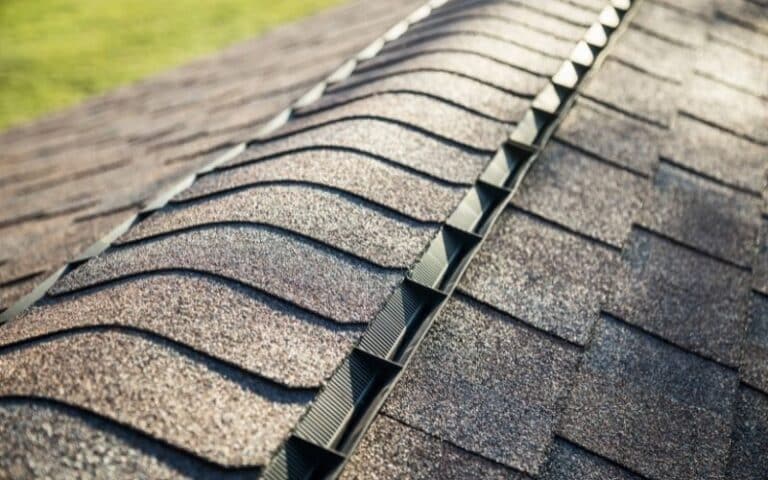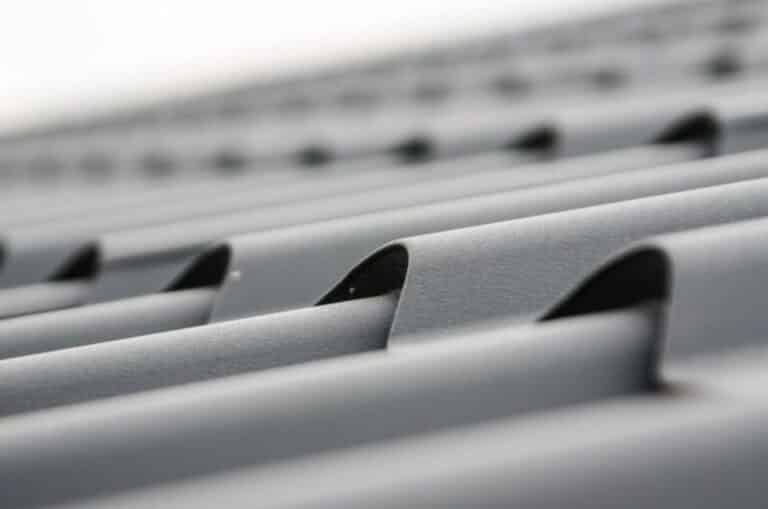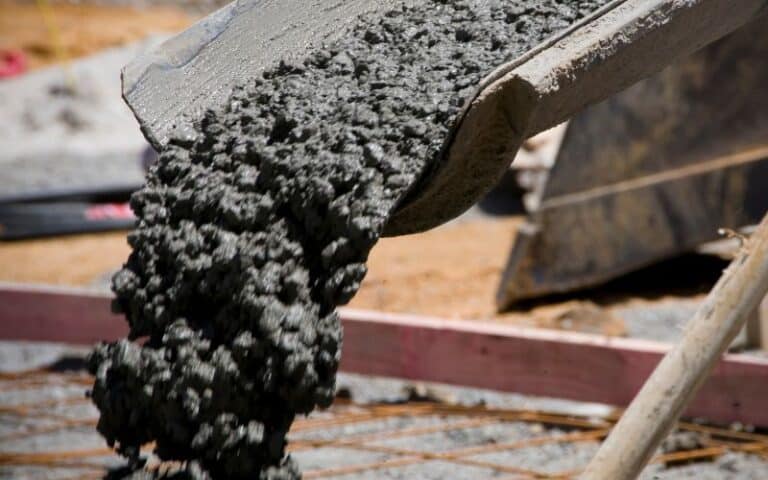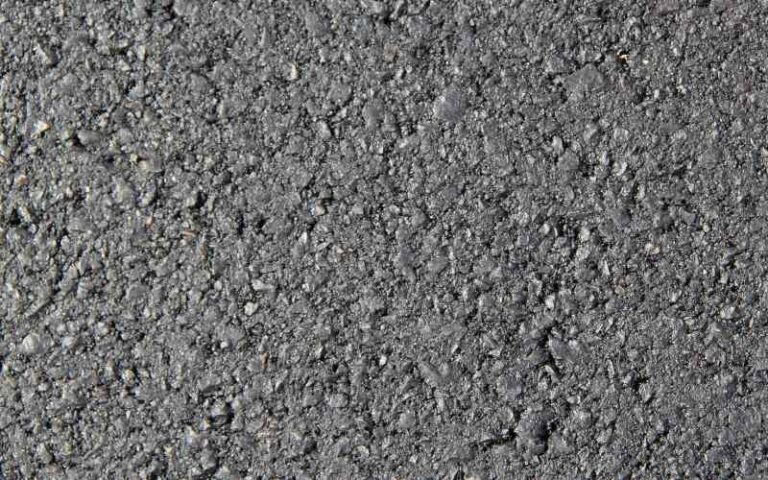There is a lot of talk about 3/8 underlayment, especially from those who have decided to replace the carpeting in their homes. Sure, it provides a nice cushion for your feet, but that is not what you are here to find out.
You are here to find out the best staple sizes you should use to ensure your underlayment is well installed. If otherwise, it could lead to a wacky and noisy floor.
For a 3/8 underlayment, the best size staples you should use are the galvanized chisel-point and power-driven staples. They are your best bet. I would advise you to use them. These staples should be a minimum of 1-1/8” in length, 1-gauge, and 3/8” for the crown.
Ready for a Roofing Quiz?
What Size Staples Do You Use For Underlayment?
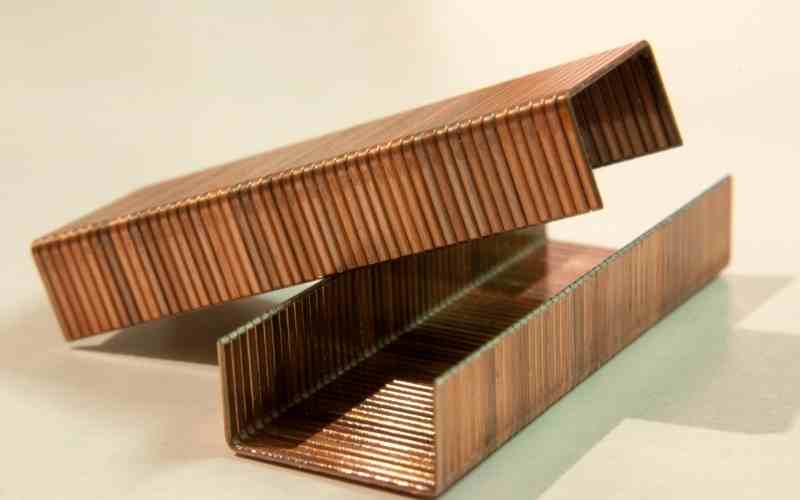
When you are installing underlayment, the staple size you use is essential. You want the staples to be long enough to penetrate the plywood and also be able to keep it firmly in place.
A staple that is not long enough will not be able to fasten the underlayment wood in place, and it will move around while you walk on it (the floor will creak when you walk).
If a staple is too long, it may go through your subfloor and end up sticking out of the floor.
For 3/8-inch plywood underlayment, a 7/8-inch staple is recommended. It should also be made of stainless steel or galvanized metal so that it does not rust.
The kind of stapler you use is important as well—a hammer stapler will not work for this project.
That will not work because it requires too much force to drive a staple through plywood, so look for an electric stapler to work with instead.
What Kind Of Stapler Do You Use For Underlayment?
A pneumatic stapler is your best bet. Why is the pneumatic stapler the best to use? It is faster and can drive staples deeper into the hardwood.
When stapling underlayment, you will want to use an air compressor to provide more power for the job.
For smaller jobs, though, like affixing thin trim or molding to walls in non-pressure-treated wood, it is okay to use a manual stapler.
Here is a table showing you the best pneumatic staplers in 2022:
| The Best Pneumatic Staple Guns In 2022 | Overall Customer Review Rating On Amazon (5.0) | Customer Review Rating On Amazon- Light Weight(5.0) | Customer Review Rating On Amazon- Value For Money(5.0) | Customer Review Rating On Amazon- Easy To Use(5.0) |
| WEN Pneumatic Nailer and Stapler | 4.5 | 4.6 | 4.6 | 4.5 |
| Valu-Air Brad Nailer and Stapler | 4.5 | 4.4 | 4.3 | 4.5 |
| Arrow Oil-Free Staple Gun | 4.6 | 4.8 | 4.6 | 4.6 |
| NuMax Brad Nailer and Stapler | 4.5 | 4.5 | 4.2 | 4.4 |
| Surebonder Pneumatic Heavy Duty Standard Type Stapler | 4.7 | 4.8 | N.A | 4.8 |
How Do You Secure A 3/8 Underlayment?
The proper way to secure 3/8 inch underlayment depends on the underlayment you are using. If you are using plywood, it should be installed with ring shank nails 1-1/2 inches long.
You should offset your nails by 6 inches and space them no more than 6 inches from each other.
Staples can also be used to install plywood underlayment, but use 1-inch or longer underlayment staples with a crown width of 1/4 inch or less. The staple heads should be flush with the surface of the wood.
If you are installing cement board as an underlayment for tile floors, use only corrosion-proof screws and washers that have been specifically designed for this type of application in conjunction with a gun power drill equipped with a Phillips tip bit and driver bit.
How Do You Fasten 3/8 Plywood Underlayment?
The staple gun is one of those tools that seem like it would be more effective for venting your anger than for real home improvement projects.
But here is the cold, hard truth: when you are laying down 3/8 inch plywood underlayment, staples are the way to go.
A pneumatic stapler can hold a plank in position while you screw it down. And it is employed commonly for fastening underlayment wood.
A pneumatic stapler is a tool that uses an air compressor to drive a nail or staple into a piece of wood. This type of stapler is used for attaching underlayment to concrete slabs.
The same goes for other types of nailing jobs.
You can apply two main tools/methods when fastening underlayment wood: nail guns and pneumatic staplers (also known as nailers). Staplers are more expensive and less common than nail guns, but they have several advantages.
They are easier to use, faster, and quieter than nail guns, so they are ideal for larger jobs where you will be moving around a lot.
Another advantage is that the holes left by the nails or staples disappear after covering them with the next layer of plywood underneath.
So, the best way to fasten 3/8 plywood underlayment is to use a pneumatic stapler. It is the best because driving nails with a hammer or nail gun will take longer and be more likely to bend or tear the wood.
That would be a lot of stress for someone trying to fasten a plywood underlayment. The finished work turns out to be messy, and you do not want that.
Before nailing or stapling your underlayment, make sure that each sheet is 100% flat on the subfloor first. If there are bumps or dips in the plywood along its edges, it could lead to poor fit later on.
Even if your pieces seem flat at first glance, lay them out and walk on them before you get started to make sure everything is all smooth sailing from there on out.
What Size Staples For Plywood Underlayment?
If you are hoping to use underlayment for plywood, you must know the perfect size staples to use with it. The most common sizes are the 1/4 and 7/8 inch underlayment staples, but there are many other options.
Staples can be metal, and they come in a range of sizes. You will find many different staple sizes in stores around the country; however, when installing underlayment on plywood, 1/4 inch staples are often used.
The best tool for the job is a hammer stapler; this machine will handle 1/4-inch staples easily. If you intend to use your staple gun, make sure that it is competent enough to handle 1/4-inch staples.
You can also use 18-gauge staples for fastening underlayment wood. You can choose to use ring shank nails to secure the underlayment.
When overlaying subfloor flooring or when fastening underlayment wood flooring directly to the underlayment, there is no preference for either staple or nail.
Conclusion
You should know which staple size is best for your underlayment. And one important thing to note is that the staples have to be strong enough to hold the plywood together.
The first thing you need to do is make sure that you have a quality stapler gun on hand because it will make things a lot easier for you in the long run. It is time to attach that underlayment now!


